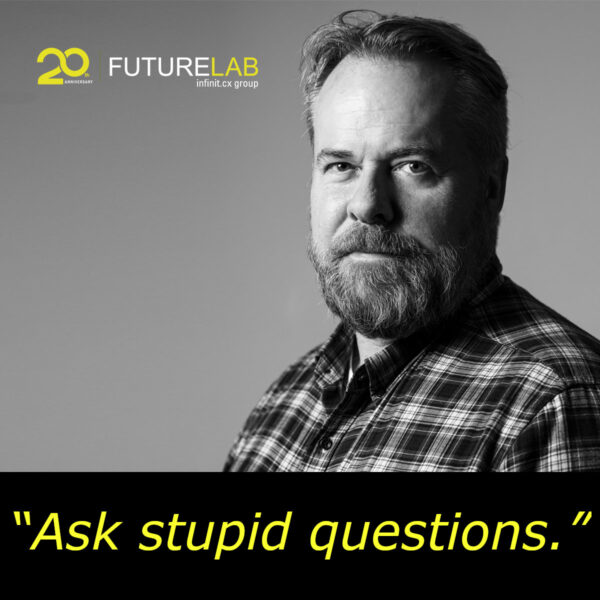Moderator Jim Nail kicked off a panel discussion on social media here at the AdAge Digital Marketing Conference with an off-hand remark: explaining what was working was "a really, really big question" that he was happy he didn’t have to answer alone.
Then panelist David Armano inadvertently answered it with an anecdote about 10 minutes later, and obviated the need for much of the conversation that followed.
He’d recently flown Southwest Airlines, and found the airport check-in a two-button breeze. So he’d Twittered his pleasure to the ether of fellow, er, twits, and received a "thank you" from the airline a few hours later.
His experience demonstrated what are perhaps the two fundamental truisms of social media:
- Conversations based on inputs from reality (i.e. things a company does, or doesn’t do) are far more powerful, shareable, and meaningful than chatters repeating or abusing marketing content
- The greatest impact social media can have on business is as places where people influence one another, not as channels through which marketers try to influence consumers directly
The other panelists never really got their heads around these points, perhaps because they were otherwise occupied being very relaxed and comfortable relying on the inevitability of the medium, instead of truly exploring it.
The experts talked a lot about content and interactions and experience, but there was little debate about the nature of those terms. Is interacting with a funny video the same thing as interacting with a sourcing policy that makes your stomach turn? Is forwarding a marketing message (the Holy Grail of viral transmission) the same as truly conversing with someone else about something that matters to you both?
When it came to polling the audience on where within the organization the management of social media should reside, a third said "marketing" and almost as many voted for "a department that has yet to be created." All of 10 seconds of attention followed, and it was mostly smug yucking about how silly it was to hope to put such an uber-important function into a tiny little box on an organizational chart.
The implicit presumption seemed to be that social media are adjuncts to marketing campaigns, and that giving people things they need meant branding (creative stuff of one form or another). Oh, and remember that it’s really important that you staff your marketing group with people who mirror the folks in your social media groups.
The panel revealed that most marketers are now experimenting with social media instead of just wondering what the hell it is, but there was little discussion of the purposes or results of doing so. A poll said that folks use it to gather information from vocal proponents and critics, but nobody pointed out that it amounts to little more than extending a news clipping service to chat rooms. And discussions of the capacity to target consumers because they’ve self-identified their lifestyles and interests in various communities came without mention of the wisdom of chasing them down.
Near the end, the marketing exec from Phillips mentioned that there were a significant number of user groups out there into which the company hadn’t plugged into. Nobody picked up on it, but he had reaffirmed the anecdote the flying exec had made earlier, only with an important addition:
Social media don’t need marketers.
All prior forms of media, including the rest of the Internet, would be dead without the support of advertising money. It’s almost as if there’s a reverse ratio for social tools, in that the more the particular medium depends on marketing support (or hosting, or other involvement), the less credible or useful it is to its users.
We can build very busy social media sites around product launches, and watch them dissolve soon thereafter. There are, however, qualities of lasting social communities, online or off, that challenge the very basic presumptions of what and how branding is conceived and delivered, like:
- Substance
- Meaning
- Relevance
- Utility
- Durability
These attributes aren’t normally prompted (or supported) by the content that originates in the creative imaginations of marketing departments. And the resulting experiences that matter don’t come from marketing either, but rather emerge from the interactions between participants in any given medium.
Anyway, perhaps the most important conclusion from today’s gig was to stay tuned. It took all of a wait for the next session to get lots more on the topic: like a breath of fresh air, the CEO of Zappos explained that his company spends its entire "marketing" budget on customer service. "Brand and culture are two sides of the same coin," he explained. And satisfied customers are so powerful as evangelists and advocates via social media that their propensity to do so went "off the charts" (according to the moderator from Nielsen).
We should see this strategy as an engine for social media content and referral. Probably gets Twittered more than occasionally.
Oh, and remember to fly Southwest. I hear the check-in is a two-button breeze.
Original Post: http://dimbulb.typepad.com/my_weblog/2008/03/twitter-this.html




